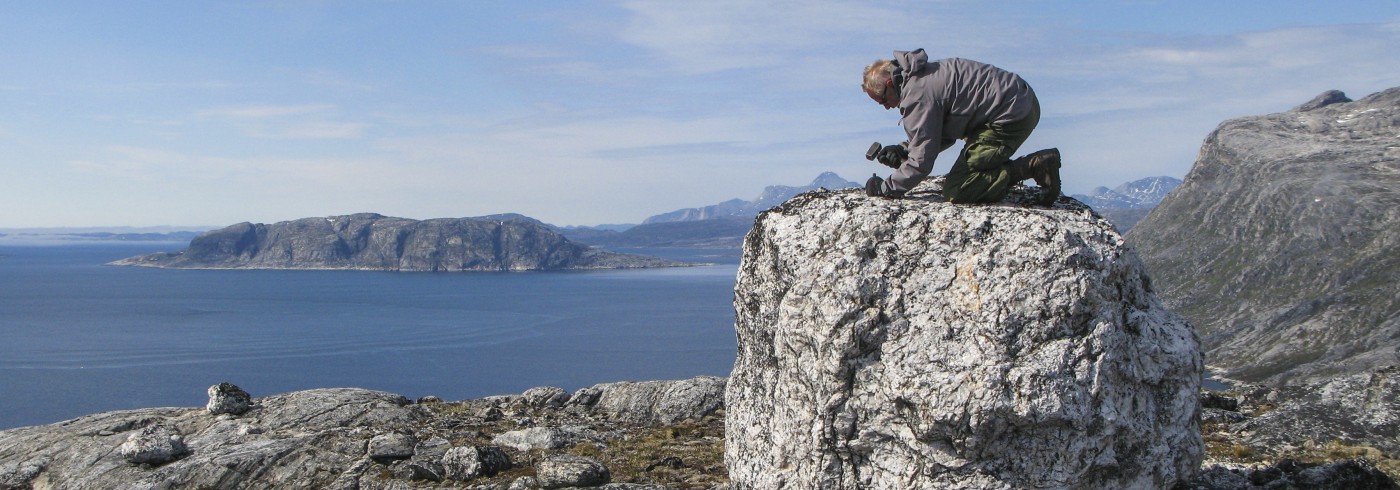The international RINK (Respons af Indlandsisen til Naturlige Klimaændringer – Response of the Inland ice-sheet to natural climate changes) project investigated how the ice margin reacted to earlier periods of warming, the interrelationship between sea-ice and sea-level changes and how it affected human adaptation and migration. Even though the interior of the Greenland ice sheet contains the largest mass, it is local climatic and topographical conditions that control the discharge of ice, and therefore the intensity of response to climatic change. RINK pursued a better understanding of the ice marginal dynamic, i.e. how and how fast the ice sheet retreated and thinned over timescales of 100–200 years and even up to 1000–3000 years. Raised coastal landforms will indicate if open water or permanent sea-ice prevailed along the coasts, thus enable a new understanding of the sustainability of palaeoeskimos that once lived in Greenland’s most inhospitable regions. Finally, by applying 3D-visualisation the researchers illustrated the evolution of the ice free land and the ice marginal zone through time, to enhance the public understanding of the complex geological processes behind the changes of the Greenland Ice sheet during the last 10,000 years.
Research leader
Kurt H Kjaer
Natural History Museum of Denmark, Copenhagen University, Denmark
Swedish participant
Nikolaj Krog Larsen
Department of Geology, Quaternary Sciences, Lund University

